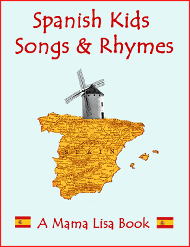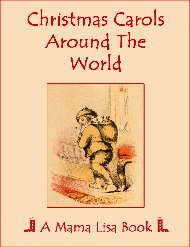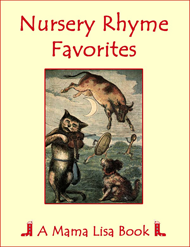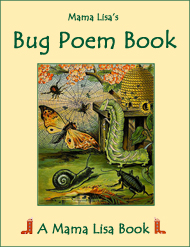The Silkworm
The following poem is about the lifecycle of the silkworm. The silkworm is a caterpillar that produces raw silk in a thread-like form.
Background: Silkworm eggs hibernate in winter and are cross-fertilized by springtime. They take 14 days to hatch into larvae which eat continuously. Their favorite food is white mulberry leaves. Next, they molt four times. That means they shed their exoskeleton to form a larger one. Afterwards, they enclose themselves in a cocoon. The cocoon is made out of silk thread that ends up measuring between 2,000 - 3,000 feet long! Next, they make a hole in the cocoon to emerge as an adult moth. Eventually the adult female moth will lay eggs and start the cycle over again.
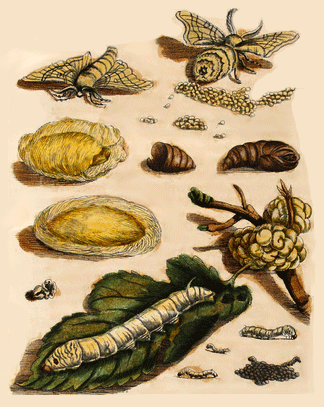
The Silkworm
Poem
The beams of April, ere it goes,
A worm, scarce visible, disclose;
All winter long content to dwell
The tenant of his native shell.
The same prolific season gives
The sustenance by which he lives,
The mulberry-leaf, a simple store,
That serves him-till he needs no more!
For, his dimensions once complete,
Thenceforth none ever sees him eat;
Though, till his growing time be past,
Scarce ever is he seen to fast.
That hour arrived, his work begins;
He spins and weaves, and weaves and spins
Till circle upon circle wound
Careless around him and around
Conceals him with a veil, though slight,
Impervious to the keenest sight.
Thus self-enclosed, as in a cask,
At length he finishes his task:
And, though a worm, when he was lost,
Or caterpillar at the most,
When next we see him, wings he wears,
And in papilio-pomp* appears;
Becomes oviparous**; supplies
With future worms and future flies
The next-ensuing year; -and dies!
Well were it for the world, if all
Who creep about this earthly ball,
Though shorter-lived than most he be,
We useful in their kind as he.
Notes
*Papilio is Latin for "butterfly". Pomp means "splendor". So the phrase can be interpreted as "butterfly-splendor".
**Oviparous means producing offspring by laying eggs.
Written by William Cowper.
Interesting Fact: 2,000 – 3,000 cocoons are needed to make just 1 pound of silk.
Proverb: Time and patience change the mulberry leaf to satin.

Thanks and Acknowledgements
Image: 1679 study of the silkworm metamorphosis by Maria Sibylla Merian, depicting the fruit and leaf of a mulberry tree and the eggs and larvae of the silkworm moth.






